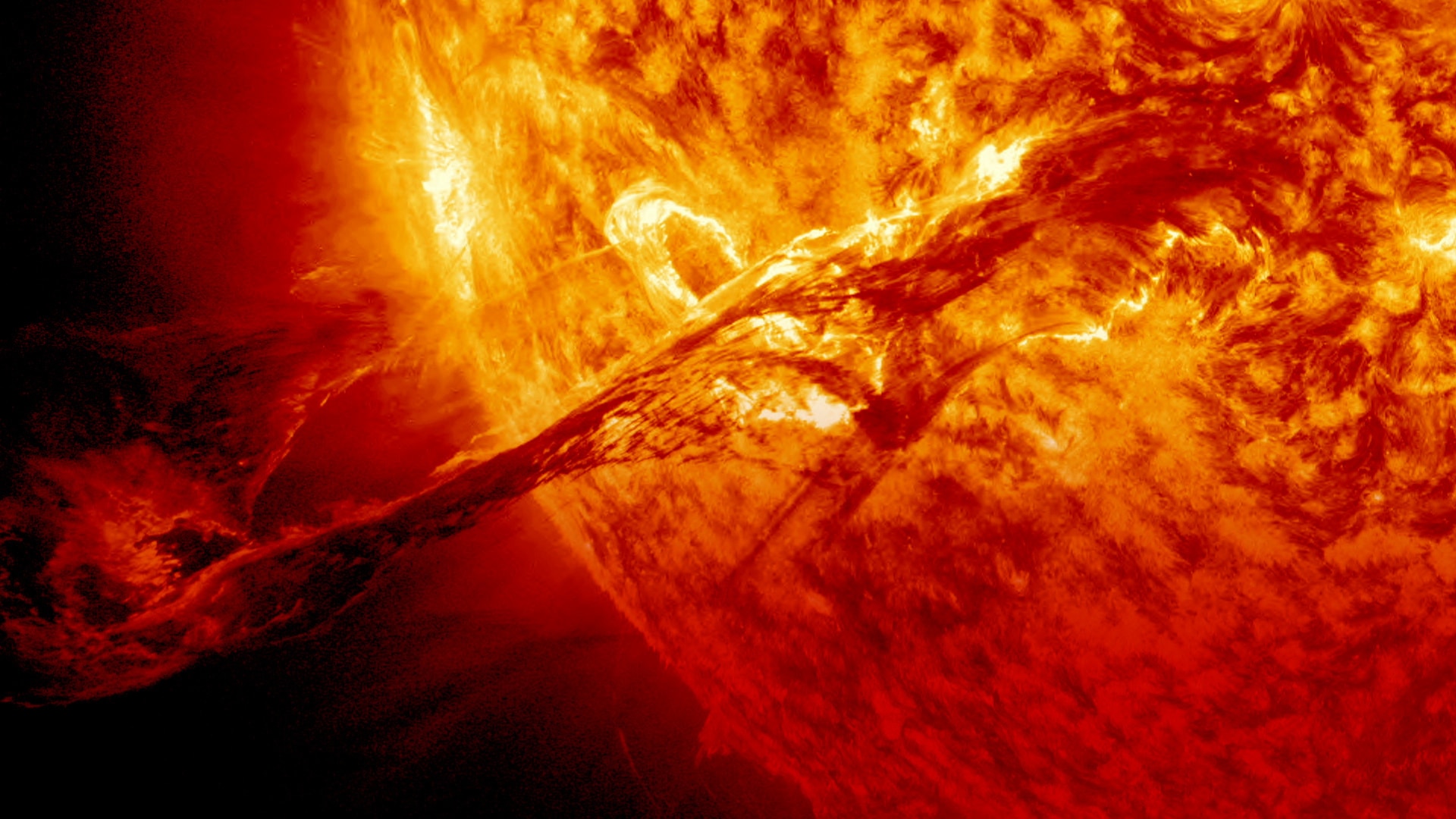Hina Alam, The Canadian Press
A Canadian expert believes that Mistastein crater, in Labrador, could provide vital information for future astronauts on the Artemis moon mission.
Scientists had determined, in the mid-1970s, that this meteorite crater had lunar characteristics, but the Apollo astronauts completed one last mission. Then it was too late for them to take advantage of the place to train.
It’s a crater, says Professor Gordon Osinski, of the Department of Geosciences at the University of Western Ontario.
An impact crater is created when an asteroid or meteor hit Earth about 36 million years ago. The shock wave caused it to lose some of its mass and cause it to crystallize. Professor Osinski asserts that one of the characteristics of the Mostestein crater is that it is made of anorthosite, a pale reflective stone found in the lunar lands.
“That is why the crater will be one of the best training sites for the Artemis astronauts,” he said. I wish every astronaut to walk on the moon in the next few years visited the impact crater in Labrador because of these qualities.”
In 2025, the Artemis III mission will bring astronauts to explore the lunar south pole for the first time.
The crater, which forms a lake also called Kamestastin, is located in a traditional hunting ground of the Mushuau Innu First Nation. First Nation member George Rich says scientists will be welcomed as long as they ask permission to be there.
A spokeswoman for the Canadian Space Agency said that no decision has been made yet on astronaut training.
“We will be happy to support such places when the time comes,” Sarah Berjawi wrote.
The Apollo astronauts trained in a crater in Arizona, less than a kilometer in diameter. That extends from Mistastin over 28 kilometers. In the early 1970s, the Apollo 16 and 17 astronauts also trained in Sudbury, Ontario, due to a lack of green space and a lunar-like landscape.
Cassandra Marion, science advisor for the Canadian Air and Space Museum, says she’s been to the crater six times. For her, it is a landscape of outstanding beauty.
The crater borders on the tundra and boreal forest. You can get there by cargo plane since there are two airports in the area.
The place is peaceful. The rocks are identical to those on the Moon, Ms. Marion compares, but Mistastin stands out in several respects, including an abundance of blueberry plants and a lake dating back to the last ice age.
critical mission
Professor Osinski visited the crater twice. According to him, the astronauts there can be trained in geology in the field. In particular, we can teach them how to choose samples well in a little explored sector.
“It’s critical, because it’s not the astronauts who are going to check the samples when they come back to Earth. It’s the scientists. So it’s very important to make sure that the astronauts will be able to collect this data. It will be necessary to sort through dozens of samples, which one to choose To allow scientists to answer their questions?
In September 2021, Canadian astronaut Joshua Cottrick and his NASA colleague Matthew Domenech, who will be on the Artemis mission, trained in Mistastin crater to identify rocks they could observe on the moon. These stones, often millions of years old, can be recovered from the cliffs.
“I’m in discussions to go back there in September with a larger group of Canadian and American astronauts,” says Professor Osinski.
The prevailing theory is that the moon formed from debris caused by the collision between a celestial body the size of Mars and Earth several billion years ago. The molten surface has been cooled. He says that lighter stones, known as anorthosite, may have risen to the outcrop. They are the ones who gave the moon its white reflection.
This is why Mistastin is one of the most lunar-like places. For Professor Osinski, this similarity is striking. “It is definitely one of the most amazing geological places I’ve been to.”

“Hardcore beer fanatic. Falls down a lot. Professional coffee fan. Music ninja.”







More Stories
When the sun rises Radio-Canada.ca
Parhelia – auditory canal
Ocean looks from the heart in a film discussion